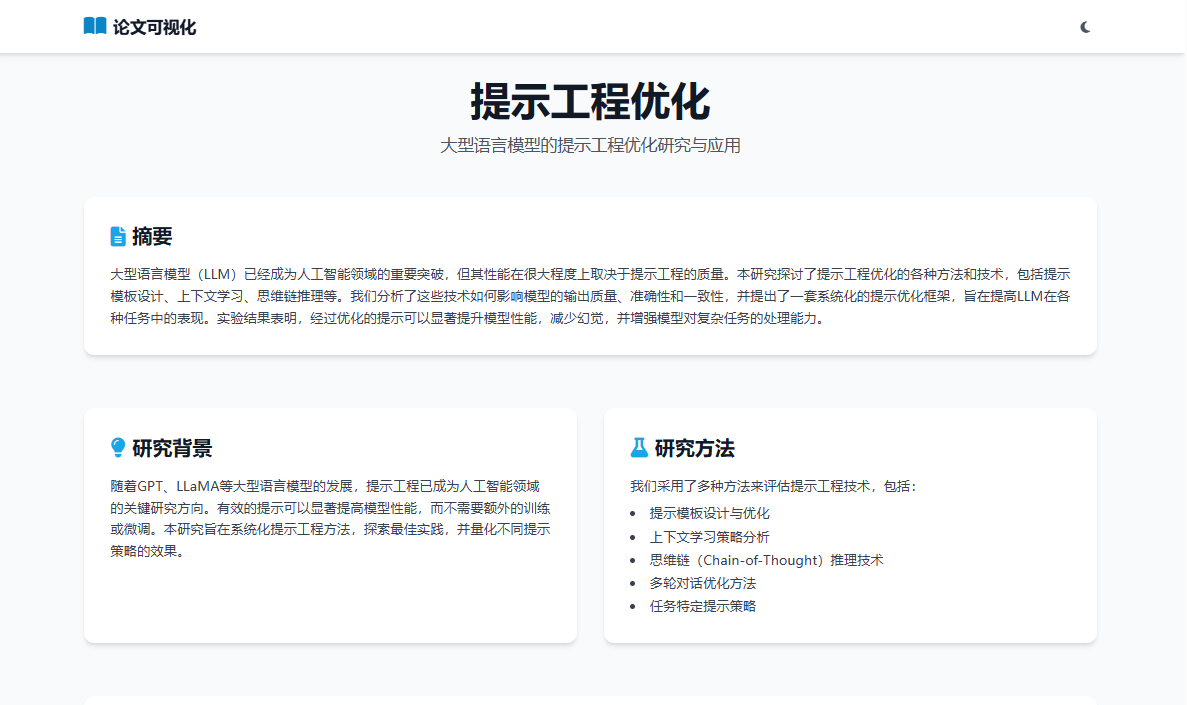Utilize Pareto's Law (80/20 rule) as a cueing instruction to efficiently learn core knowledge
A very simple, yet hot Prompt on the Snackprompt site, close to 16k views, centers on using the rule of two or eight to locate key parts of learning.
Pareto principle (Pareto principle) suggests focusing on the concepts of 20%, which will help you achieve the goals of 80%.
Prompt as follows:
I want to learn about the #[插入主题]. Identify and share the most important 20% of learnings from this topic that will help me understand 80% of it.
Suggest using Claude Sonnet 3.5, test # English Learning Theme, give the answer is still relatively reliable, such as mentioning shadowing is recognized as the most efficient method of speaking practice, etc..
According to the Pareto Principle (also known as the "80/20 rule"), learning knowledge is characterized by the following:
1. Focus on high-impact components
- A handful of key knowledge points deliver maximum benefits::
The core knowledge points of 20% often meet the practical needs of 80%.
2. Avoidance of equal exertion
- Knowledge points are not equally important::
Certain knowledge is applied so frequently that understanding them will bring immediate results, while cold knowledge may only be used in specific situations and can be put on hold while learning.
3. Clear and well-defined learning paths
- Identifying "mandatory" versus "optional" learning::
Learning can be prioritized to solve real-world problems or key knowledge needed to accomplish goals.
4. Practice-driven
- Enhanced practicality::
After mastering the key elements of that 20%, applying them immediately in real-world problems will both consolidate your knowledge and improve your problem-solving efficiency.
5. Avoiding "learning overload"
- Focusing on the core to reduce the burden::
By focusing on key knowledge, it reduces the distraction of irrelevant content during the learning process, saves time and energy, and reduces anxiety about learning.
6. Knowledge accumulation has a compounding effect
- Learn more efficiently when you master the basics::
The core knowledge of 20% will become the cornerstone of further deep learning, and subsequent learning of new content can quickly correlate with existing knowledge, increasing efficiency exponentially.
How do you apply the Pareto principle to learning?
- Clarify learning objectives: Figure out the most important problem to be solved or the most desired feature to be implemented.
- Screening of core content: Rank the knowledge points in order of importance and prioritize the high-frequency, basic and core parts of the study.
- Focus on Practice: Apply what you learn to specific tasks to reinforce understanding and memorization.
- Dynamic Adjustment Strategies: Update the definitions of key knowledge as you learn more and gradually get deeper into the details.
With the Pareto Principle, you can simplify the learning process to "doing what matters" and acquire knowledge and skills efficiently and effectively.
© Copyright notes
Article copyright AI Sharing Circle All, please do not reproduce without permission.
Related articles

No comments...




